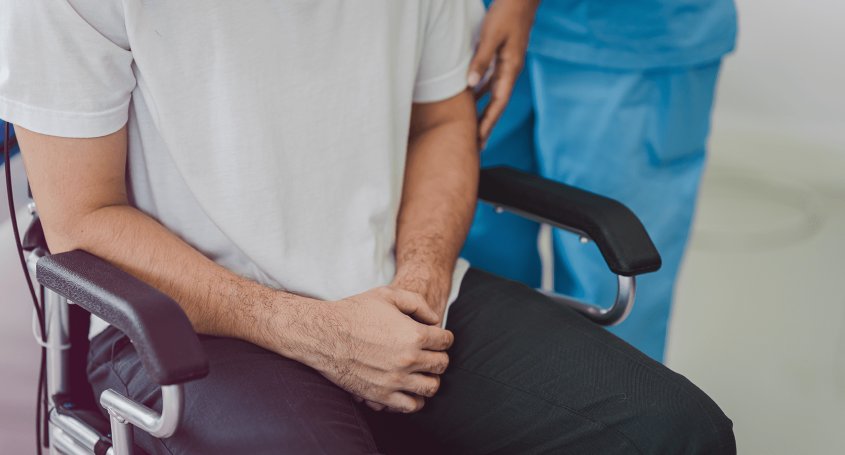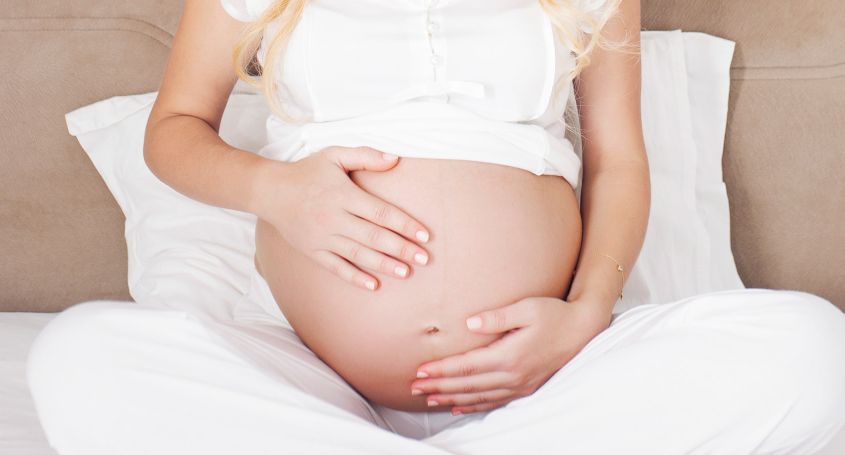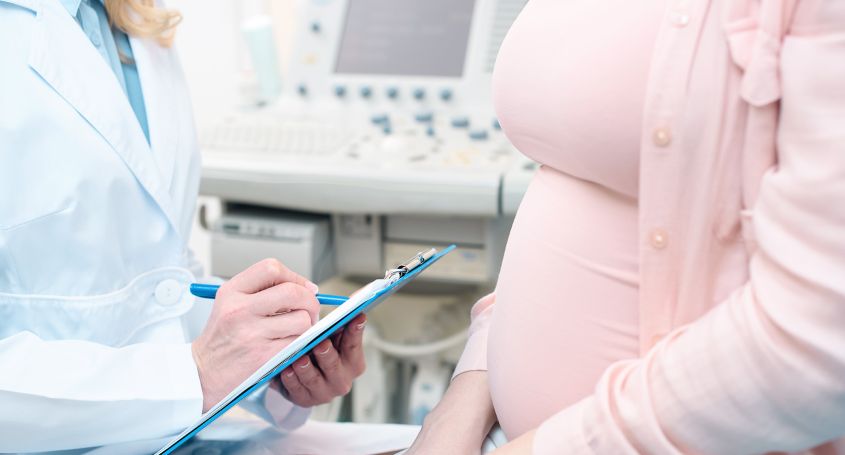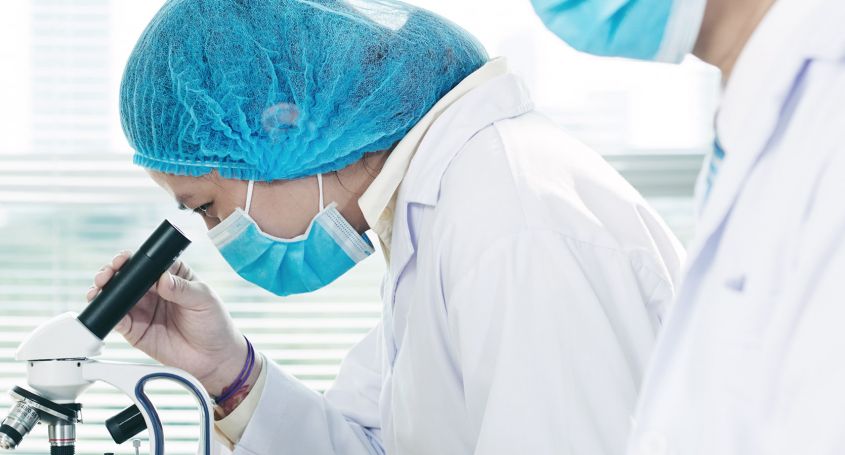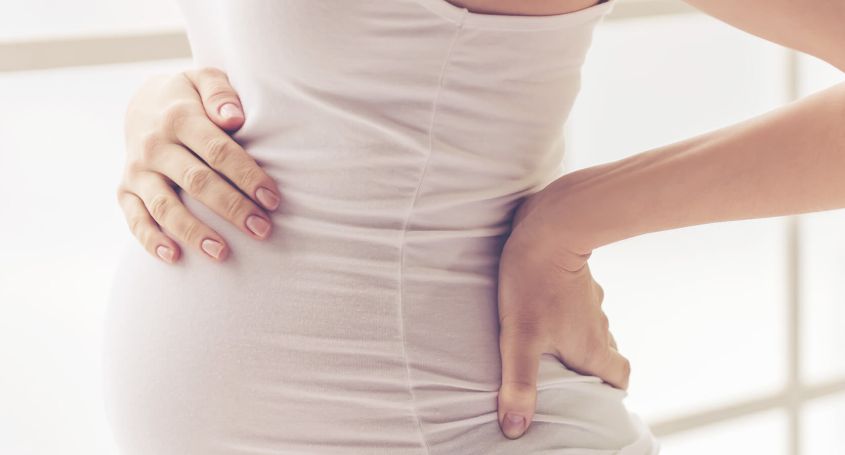Since many years ago the embryos that are going to be transferred are chosen taking into account only morphological criteria like the quality of their cells and their symmetry or if it has fragmentation and how it’s distributed inside the embryo amongst many others. We’ve always had problems to check if an embryo apart from being “pretty” it’s also functionally good. The only parameter available was the number of cells, that should be 4 on day +3 and 8 on day +3, but that was all.
Recently new techniques that pretend to shed some light on whether the “engine” of the embryos is as good as its “body” suggests have appeared (using a car comparison).
One of them, probably the one that has generated more expectation, is the possibility of assess the patterns of the cell division recording images of the evolution of the embryos. The Embryoscope was the first system available but nowadays there are two more have followed its wake, Primovision and Eeva.
Sometimes, probably too often, the clinics are victims of the market and its advertising, making us acquiring expensive products just because some biased and probably small studies have shown that they significantly increase the pregnancy rates. If that product gets the interest of the media the pressure is even higher.
Nevertheless the history has shown that some procedures and products that at some point seemed essential lacked of the virtues that they were claiming to have. Some of them have been the assisted hatching, the EmbryoGlue (a culture media that claimed to significantly increase the implantation rates) or the use of day +3 biopsies when PGD was done in cases of advanced maternal age (long term studies have shown no increase of the live birth rate). In some of these cases the patients have been also victims since they’ve defrayed the amortization of that particular technique or product that lacked the necessary scientific evidence
This is why in BarcelonaIVF we opted to keep an eye on these procedures until we had enough prooves about its usefulness, and the moment has arrived!
Nowadays we have three different systems, and in BarcelonaIVF we’ve chosen the Embryoscope. But before explaining the reasons let’s write a few words about each one.
• The Embryoscope is a special incubator that incorporates both the camera and the computer system. Moreover each embryos has its own dish so there’s no contact between the culture media of the embryos (as it does happen in the other two systems), guaranteeing a complete isolation. The parameters to select the best embryo could not be replicated amongst the different clinics, therefore each laboratory has to find out which are the parameters related with the best quality
• Primovision is a video camera that can be incorporated to most of the conventional incubators. The selection of the embryos is done by each laboratory based on its protocols, as it happens with the Embryoscope.
• Eeva is a video recording system that can be added to any incubator as well. The main difference with the other systems is that in this case is the software who decides which are the embryos that should be transferred base on standard criteria developed by the designer company.
Once all systems were thoroughly evaluated we kept thinking that Embryoscope was the most reliable. Here you have our reasons:
1. Nowadays it’s the system with more bibliography and scientific background.
2. The quality of the images is much better than those recorded by Primovision, probably due to the higher magnification that the Embryoscope lenses have (25,7 versus 20)
3. All the studies carried out so far suggest that the criteria to select the best embryos should be defined by each laboratory. This is directly opposed to the approach of the Eeva. In our opinion each laboratory is a completely different world and it won’t be the last time that something evident in one it’s not reproducible in others. This is why we strongly believe that the role of the embryologist keeps being crucial in the process of selecting the best embryos, and this role cannot be replaced by software… yet. Moreover, the Eeva approach does not allow the embryologist to improve the product or the selection process by adding personal observations, something still important to make the laboratory work efficiently.
4. One of the main advantages of these systems is that the manipulation of the embryos is minimized, lowering their exposure to temperature o light changes. In this sense the Embryoscope is slightly better, since given the small size of the cells where the embryos are kept, when the incubator is open to add new cases the variations of the parameters are much lower than its competitors, allowing us to get a more stable environment.
Because of all these reasons, and continuing with the policy of BarcelonaIVF of offering to our patients only what has been solidly tested and really increases the chances of having a baby, we’ve eventually acquired the Embryoscope.
What is what we’re aiming for? We want to significantly improve our pregnancy rates, lower the number of unnecessary transfers by discarding those embryos with a poor viability and get closer, step by step, to the ideal situation of carrying elective single embryo transfers in most of our patients thus decreasing the multiple pregnancy rates.
A challenge that we are willing to overcome!


